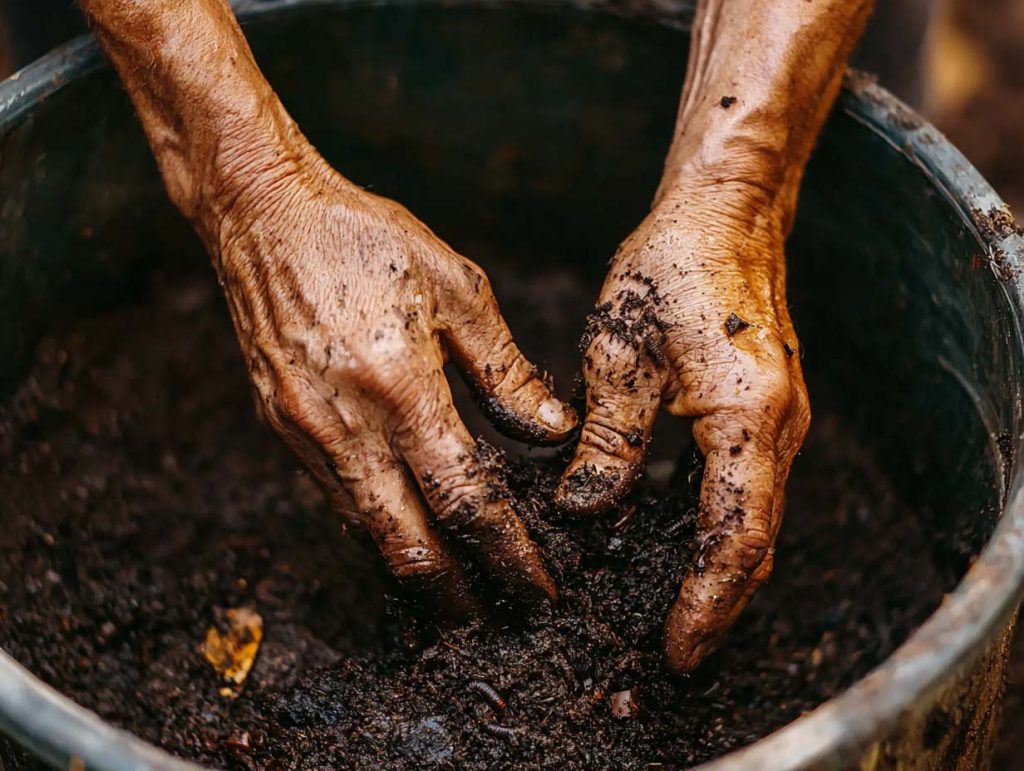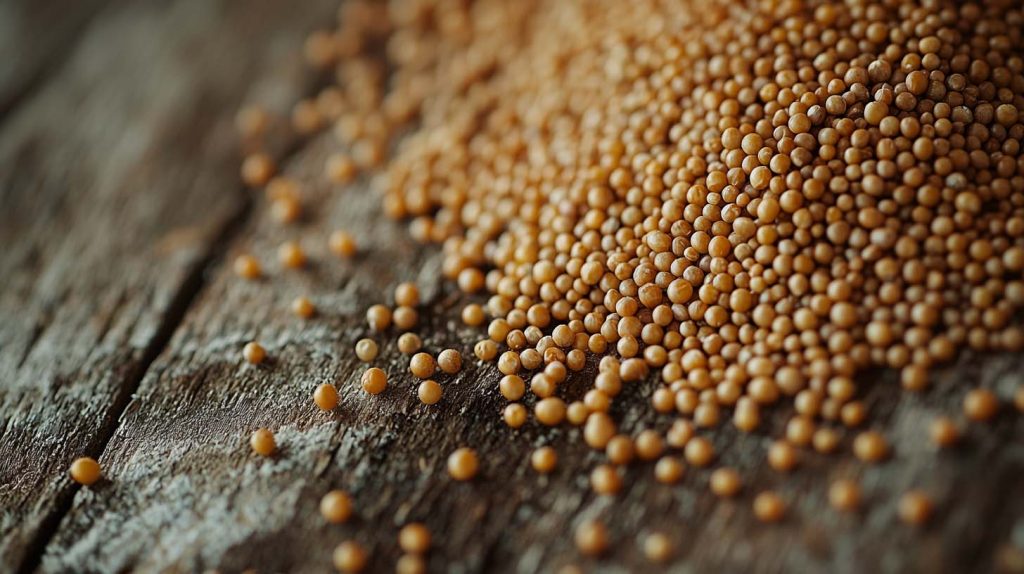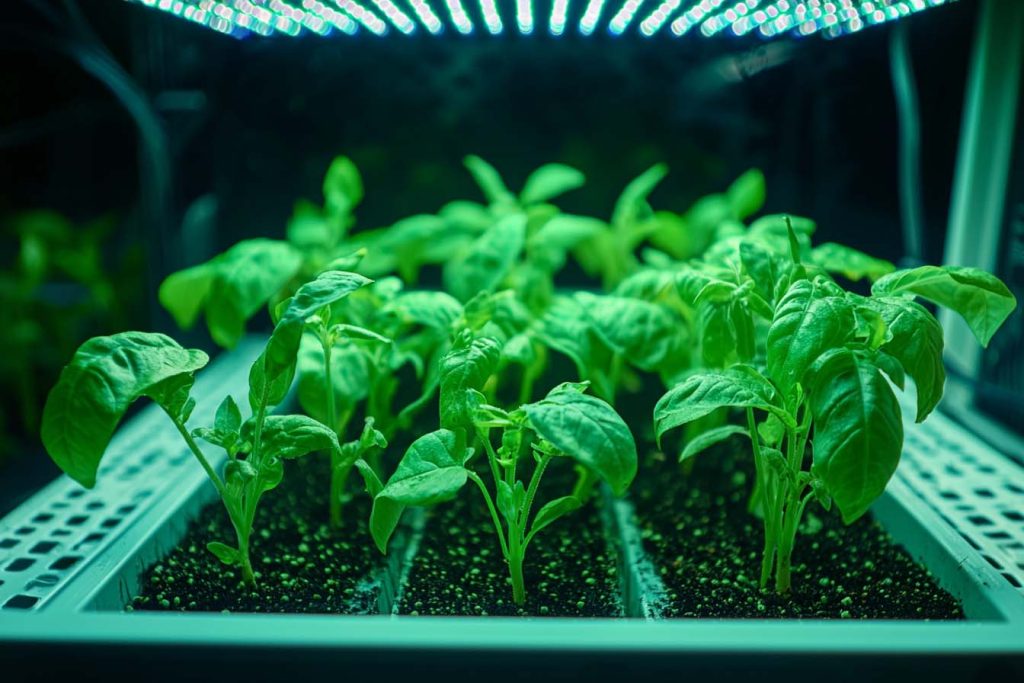Establishing quality seedbeds is essential to ensure optimal seedling development and ultimately healthy, productive crops. The right combination of substrate, humus, seaweed compost and the use of Demeter certified biodynamic seeds can make all the difference in the success of your garden.
1. Selection of the Ideal Substrate
The substrate is the medium in which the seedlings will germinate and grow, so it must offer optimal conditions for their development. A good substrate should be light, have a high water and air holding capacity, and be free of diseases and weed seeds. Mixtures that include peat, compost or humus, combined with additives such as perlite or vermiculite, are ideal for providing adequate structure and essential nutrients.

2. Incorporation of Worm Casting Humus
Worm humus is an organic amendment rich in nutrients and beneficial microorganisms that improves the structure of the substrate and provides essential nutrients for seedlings. Its inclusion in the substrate mix promotes moisture retention and provides an optimal environment for root development.
3. Use of Seaweed Fertilizer
Seaweed, although not considered a traditional fertilizer, brings numerous benefits to plant growth. Its application strengthens plant cells, improves soil structure and water absorption, optimizes photosynthesis and stimulates fruit growth. By giving your plants this type of fertilizer from the seedbed, not only will their root growth be much better, but your plants will be preparing themselves from an early age to combat abiotic factors, such as lack of water or high temperatures.
4. Choice of Demeter Certified Biodynamic Seeds
Demeter certified biodynamic seeds come from crops that follow sustainable and holistic farming practices, focusing on soil health and biodiversity. These seeds guarantee high genetic quality and optimal adaptation to the environment, promoting vigorous and resilient crops.

5. Seeding Process in the Seedbed
- Container Preparation: Select clean trays or pots with good drainage.
- Substrate Mix: Combine the base substrate with worm castings in a 3:1 ratio.
- Incorporation of Seaweed: Add a small amount of seaweed fertilizer according to product directions, making sure to mix homogeneously.
- Sowing the seeds: Place the biodynamic seeds on the surface of the substrate and cover them lightly, respecting the recommended depth for each species.
- Watering: Moisten the substrate with a sprayer to avoid displacing the seeds.
- Location: Place the seedbed in a place with adequate temperature and light, avoiding direct exposure to intense sunlight.

The combination of a suitable substrate, enriched with worm castings and seaweed compost, together with the use of Demeter certified biodynamic seeds, provides an optimal environment for the development of healthy and vigorous seedlings. This practice not only improves the quality of your crops, but also promotes a more sustainable and environmentally friendly agriculture.
Information note: bulk fertilizers and seeds for professionals and small farmers
If you are an agricultural professional or a small farmer interested in fertilizers and bulk seeds for your crops, please contact us at info@cultivers.es. We will be happy to advise you and offer you customized solutions.
